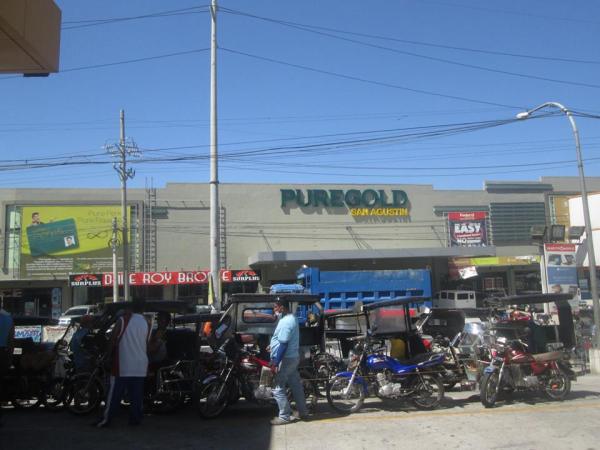I appraised properties in Cavite recently. My client, which is an expat living in the US, instructed me to deliver the report within three (3) days for court submission. He gave me only the exact address of the property, the rest will be produced through research.
Early in the morning I travel to Noveleta, Cavite for my first assignment, through the Manila-Cavite Expressway or Cavitex. I arrived in the municipal hall and paid a courtesy call with the Municipal Assessor, then proceed to the site for actual site inspection and research.
Then I went to Trece Martirez City to conduct due diligence for a property under dispute. I visited the site and afterwards went to the City Hall to conduct research and investigation.
I finished the assignment in three days and submitted it. My clients were happy after reading the appraisal report I sent to them.”Thank you for excellent job.”
A commendation that makes an appraiser happy.
Let us now tour Cavite.
Cavite is a province in the Philippines located on the southern shores of Manila Bay in the Calabarzon region on Luzon island. It is bounded on the north by Manila Bay and Metro Manila, on the east by Laguna, on the west by the South China Sea, and on the south by Batangas. It is composed of 7 Cities and 26 Municipalities. With a population of 3,090,691 in 2010, it is the most populated province in the country.
You can reach Cavite from Metro Manila through Aguinaldo Highway and Manila-Cavite Expressway or Cavitex .Situated just 21 kilometers south of the capital, it is one of the most industrialized and fastest growing province because of its close proximity to Metro Manila. Many companies, such as Intel, have established manufacturing plants in numerous industrial parks in the province. As of 2012, there are 382 actively operating companies in Cavite Export Processing Zone.
Major historic events happened in Cavite that shaped Philippines today, if you want to know more about Philippine History, you can visit Cavite and it will be like seeing the history itself not just reading them from Philippine History books.






